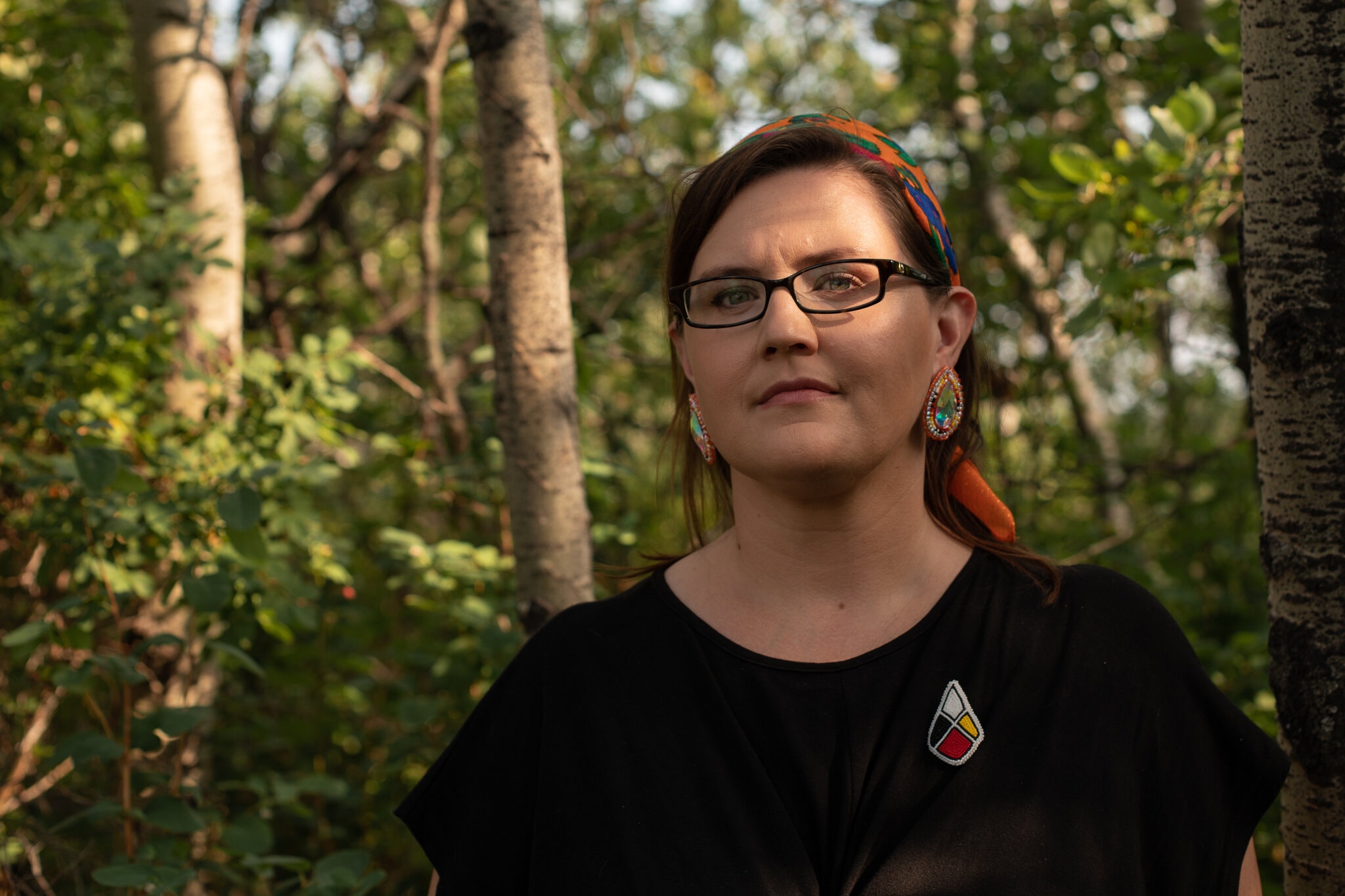EDMONTON (CANADA)
New York Times [New York NY]
July 31, 2021
By Ian Austen
[Photo above: Professor Supernant’s beaded pin was created by a Métis artist. Amber Bracken for The New York Times]
Kisha Supernant has brought radar technology to the search for burial sites in Canada while she works to reshape her profession’s relationship with Indigenous communities.
At 15, Kisha Supernant knew exactly what she wanted to do with the rest of her life: become an archaeologist and study ancient civilizations.
She achieved her teenage goal. But her latest work has put her at the center of discussions in modern-day Canada — not about the distant past — but about the more recent history of the country’s Indigenous populations.
Since the end of May, several Indigenous communities have announced that the use of ground-penetrating radar has identified well over 1,000 human remains, mostly of children, at former sites of the residential schools where thousands of children were forcibly sent by the government to assimilate. Many of those children never returned home.
The discoveries have shocked Canadians and opened a new conversation with Indigenous people about the history of the schools, the last of which closed in 1996. And Professor Supernant — who specializes in the use of technology to map and analyze settlements — is the archaeologist who first worked with Indigenous communities to find the remains.
Professor Supernant is Métis, one of relatively few Indigenous archaeologists in Canada. She has dedicated her career to redefining how the profession interacts with Indigenous people.
“The past few months have been very, very intense,” Professor Supernant said from her home in Edmonton, Alberta, where she heads the Institute of Prairie and Indigenous Archaeology at the University of Alberta. “I really feel strongly that this is a calling.”
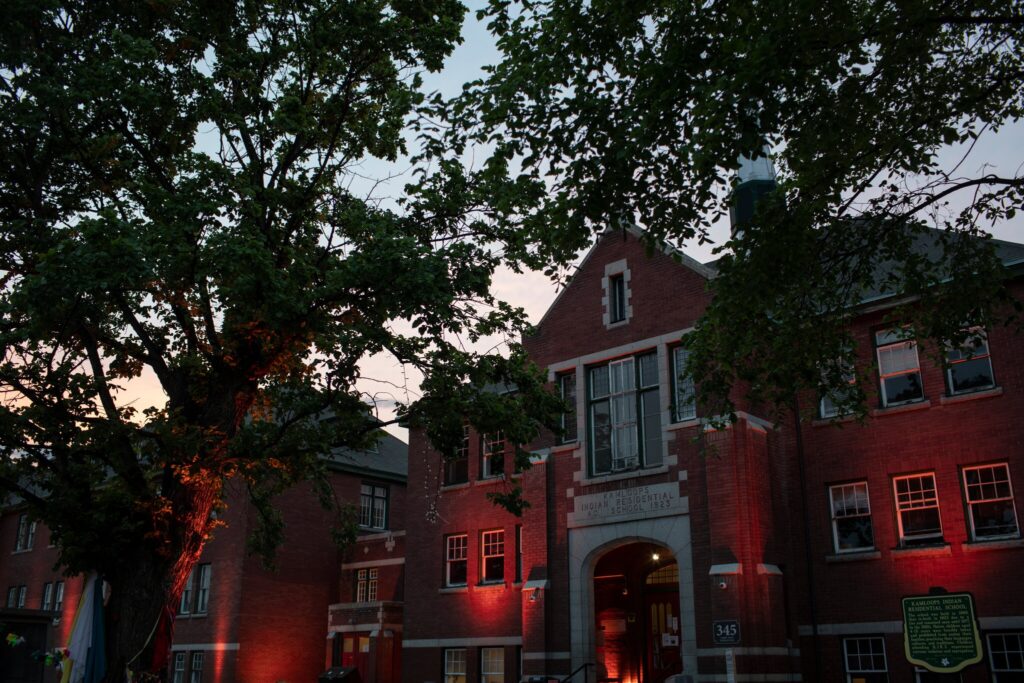
The archaeological field in Canada, as elsewhere, has a history of insensitive practices. In Canada, human remains and artifacts were callously moved to distant museums. Research often provided a veneer for claims of white racial superiority by scientists and politicians. Professor Supernant said it was a transformative change to see Indigenous communities turning to archaeologists to help them find their loved ones.
In the past, “it was folks going in and taking stuff without talking to a single Indigenous person and telling Indigenous stories without involving Indigenous people,” she said.
Growing up, Professor Supernant, who is 40, didn’t know she was Métis, she said. But she knew she descended from an Indigenous group. “We knew we were something, but we didn’t know exactly who our relationswere for a very long time.”
Robert, her father, was not forced to attend a residential school. But he did not escape the child welfare system, which many Indigenous people say continues to disproportionately disrupt their families. His mother, Betty Supernant, was unmarried when she became pregnant with him, and Mr. Supernant was taken away from her at birth, ultimately never knowing her. He was raised in a series of foster homes.
Mr. Supernant eventually made his way to Victoria, the capital of British Columbia, where he met Professor Supernant’s mother, Shanti, whose ancestry is British.
“My mom and dad were both quite alternative, kind of into the New Age movement,” Professor Supernant said. “We lived in a cult for a few years.”
Professor Supernant did her undergraduate studies at the University of British Columbia, and earned a master’s at the University of Toronto. She returned to the University of British Columbia for a doctorate in archaeology. Along the way, she began meeting other Indigenous people who helped fill in some blanks in her heritage.
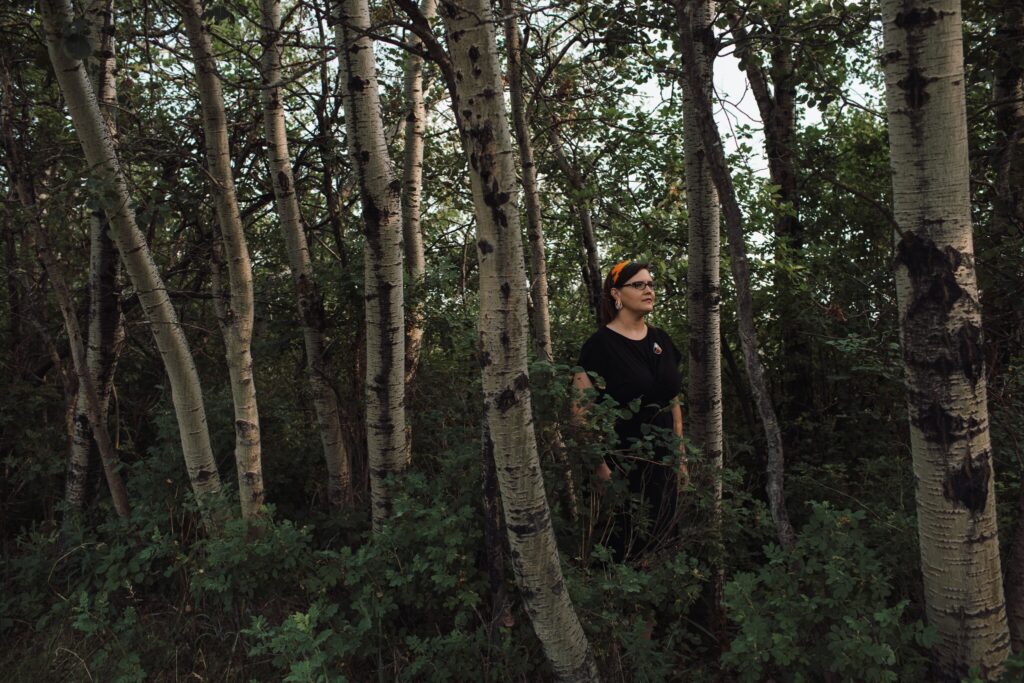
“I had no understanding of really what the Métis were,” she said. “I think it was just like: ‘Oh, it means I’m mixed.’ But I didn’t really understand that we have a culture and a language and all that kind of thing.”
When she moved to Edmonton, her father’s birthplace, Métis groups reconnected her with family members, including an uncle whose existence neither she nor her father had been aware of.
In addition to researching the histories of Indigenous people, Professor Supernant has written on the need for archaeologists to shape their studies to make Indigenous people partners in the research, not just objects of study. She also has worked to change the language of archaeology; instead of human remains, she talks about ancestors, while artifacts are belongings.
“It’s easy in the world of archaeology to focus on things and to forget that they are really just reflections of people, and that’s the true purpose of archaeologists, to understand those people,” said Andrew Martin, a professor of archaeology at the University of British Columbia who collaborates with Professor Supernant. “I’m not Indigenous, I’m very distant from that experience. And so I need to listen.”
Professor Supernant said the oral histories of former residential school students are sufficient proof that many of the missing children — of which there are 10,000 to 15,000 total, by current estimates — were buried in unmarked graves on school grounds.
She added ground-penetrating radar to her research after being introduced to it by a graduate student. While the technology has long had industrial uses, advances in signal-processing technologies and antennas have improved its accuracy in identifying shallow and small objects, particularly graves.
In 2018, she tried out the technology to look for missing children at the former Muskowekwan Indian Residential School in Saskatchewan.
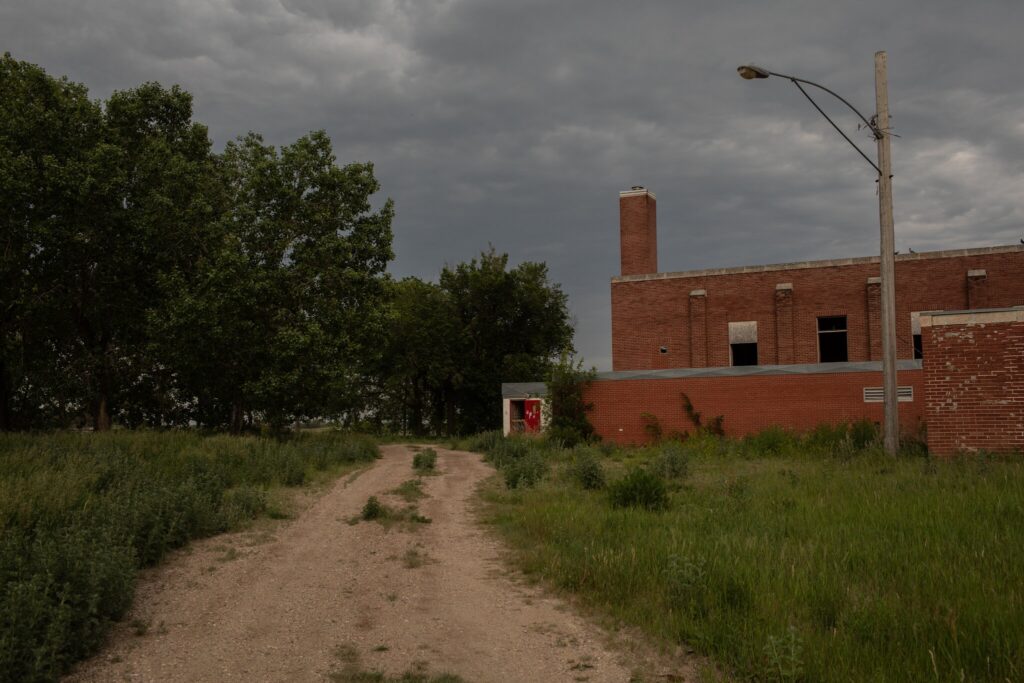
That limited search identified 35 likely human remains, mostly of children, in unmarked and unrecorded graves. Then in late May, the remains of more than 200 missing children were discovered by another researcher using her techniques at the Tk’emlups te Secwepemc First Nation in British Columbia. Since then, Professor Supernant and her institute have been overwhelmed with requests for help from Indigenous communities with land that hosted more than 150 school sites.
“Residential school landscapes are very fraught,” the professor said. “It’s very, very painful and difficult work.”
Professor Supernant is heading a group for the Canadian Archaeological Association that will offer guidelines for searching for the graves of missing children.
“I know there’s a rush right now to try to do more ground-penetrating radar,” she said, “but it’s not step one.”
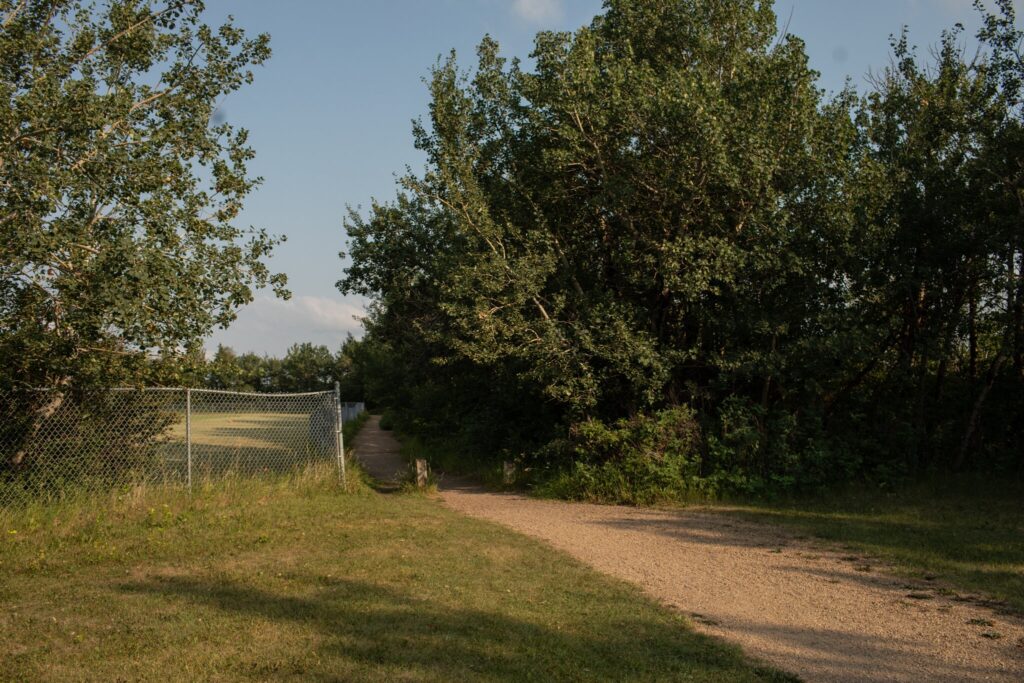
Communities must first gather all the information they can about probable grave sites to concentrate the radar searches, she said. They also need to put social and emotional support systems in place to deal with the trauma that follows the identification of burial grounds.
“The results that we’re seeing right now are often after years of work,” she said. “This wasn’t something that just sort of happened overnight.”
With tens of millions of dollars pledged by many provinces and the federal government for searches, nearly every First Nation she’s spoken with has been contacted by companies offering their services, Professor Supernant said. While the companies may have equipment and industrial experience, she and other academics said, they do not appear to be properly equipped or trained to undertake the delicate task of grave searches.
The process is something like that for a medical M.R.I. scan. Just as those scans must be analyzed by a radiologist to produce answers about a patient’s health, the radar data must be interpreted by an experienced researcher to determine signs of remains. Rather than spend her time out in the field, Professor Supernant would like to train Indigenous people to handle the scanning while she focuses on interpreting the data.
As unmarked children’s graves continue to be discovered, the questions about what comes next grow more intense. Some Indigenous people want criminal investigations; others want nothing to do with the police. While some want the remains exhumed and identified using DNA technology, other Indigenous people are horrified by the thought.
“To find these locations is heartbreaking,” Professor Supernant said. “To dig up the children is a whole level of heartbreak that I can’t even fathom.”
“I’m grateful that I don’t actually do that work because this is hard enough to handle,” she added. “I have a 6-year-old daughter who would be about the age that she would have been taken. I’m so grateful that I get to be with her.”
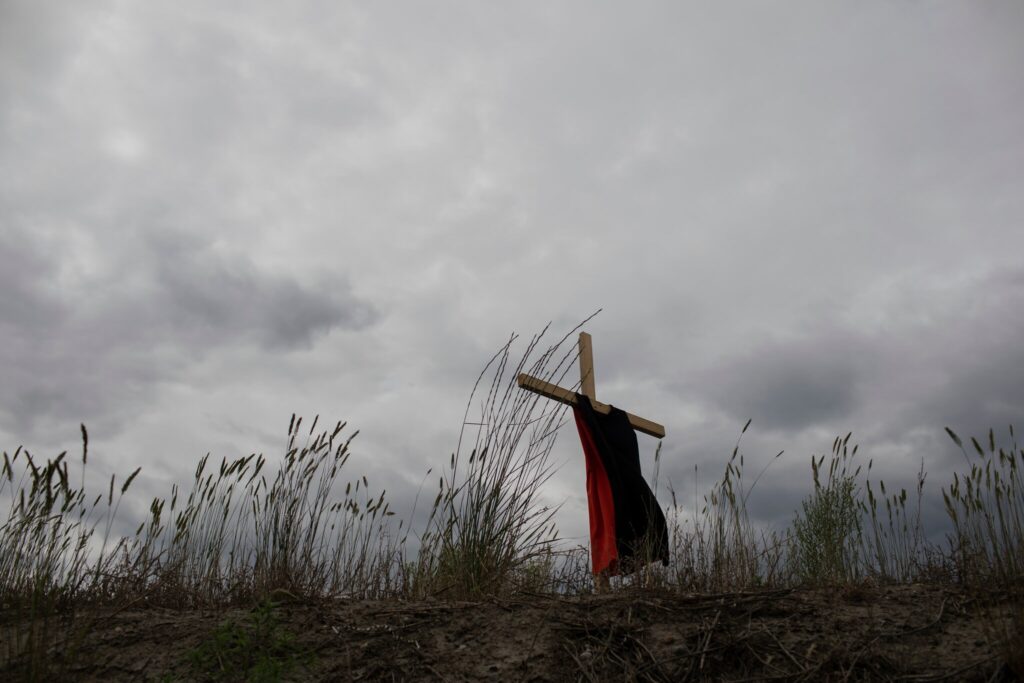
A native of Windsor, Ontario, Ian Austen was educated in Toronto and currently lives in Ottawa. He has reported for The Times about Canada for more than a decade. @ianrausten

